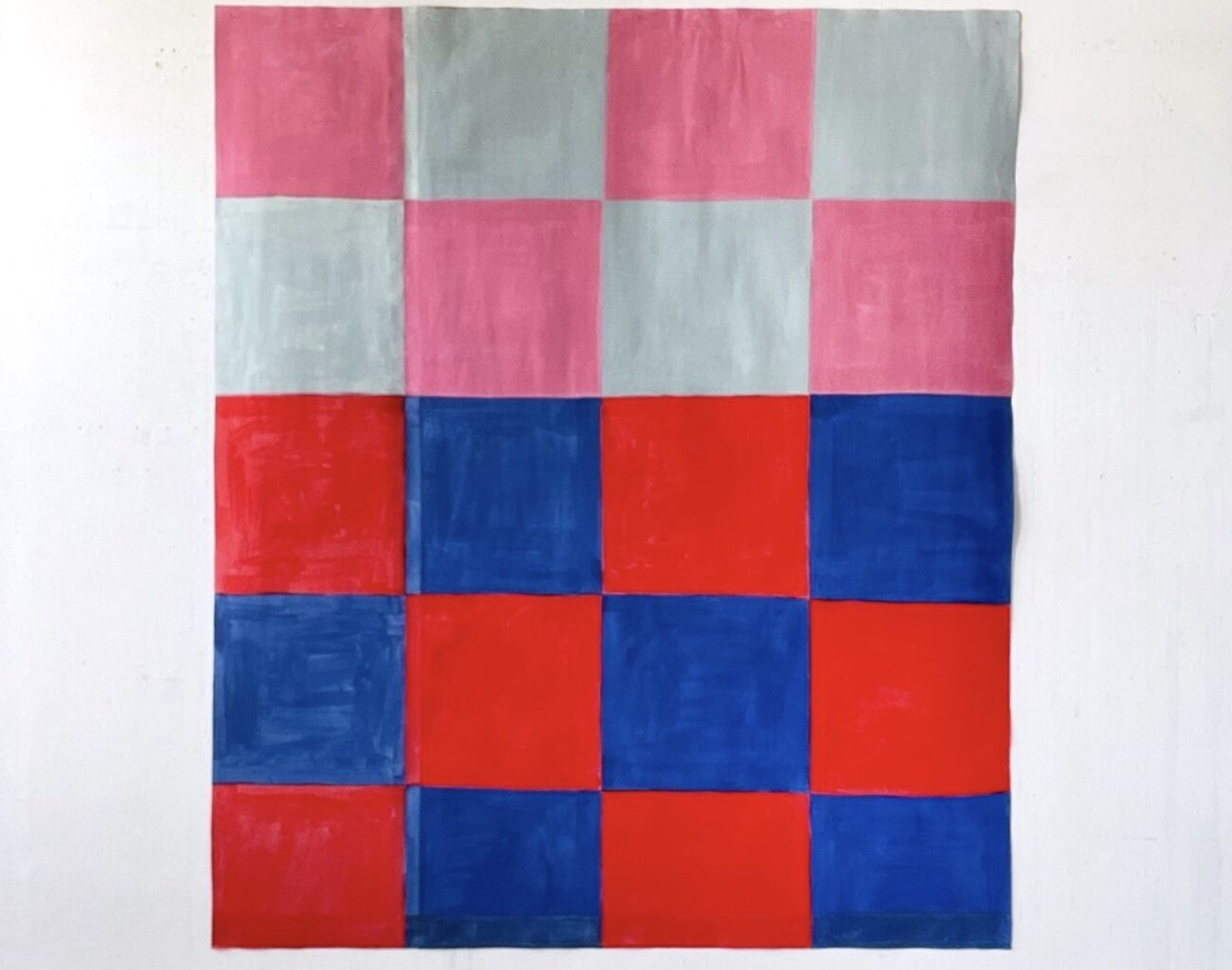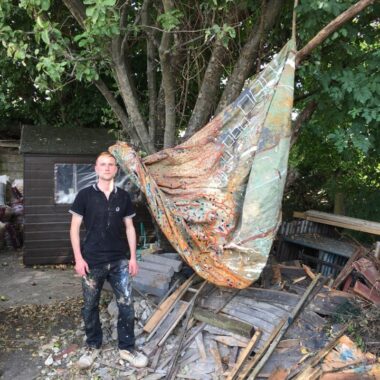Ian Parker LG reflects on a new collection of large paintings on paper by Rupert Hartley recently exhibited at BN9 Studio, Marine Workshops, Newhaven.
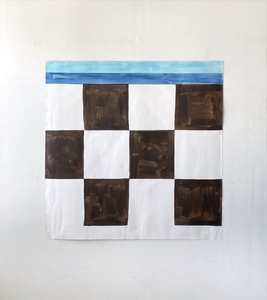
Colour
In her essay On Colour (1), Amy Sillman explores colour as a ‘manual thing’.
She writes, ‘Before color becomes the mysterious and complex force it has been theorized to be, before it is a philosophical or alchemical problem, or a socio-economic demarcation, color is a material, a tool, the ready-at-hand colored stuff that you wield in making a painting.’ The essay is written from a painter’s perspective, focussing on the act of using colour and understanding its physicality. Sillman contrasts this ‘practice’ of colour, which she refers to as ‘Farbehandlung’ (colour handling), with attempts at systematic structuring and theorising.
In Chromophobia (2), David Batchelor argues that Western culture has subjected colour to a kind of ‘extreme prejudice’ and that this takes two forms. Firstly, colour is seen as alien and ‘foreign’, while secondly, it is seen as incidental. Batchelor discusses attempts to devalue and diminish colour’s significance, denying its complexity. He identifies this first prejudice, perhaps a kind of ‘othering’ of colour, with ‘the feminine, the oriental, the primitive, the infantile, the vulgar, the queer or the pathological.’ In the second, colour is “relegated to the realm of the superficial, the supplementary, the inessential or the cosmetic’. He argues that colour is simultaneously seen as both dangerous and secondary.
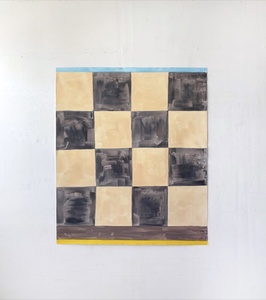
Grids
The reductive conventions of geometric abstraction are well over a century old now and, despite the much-repeated ‘death of painting’ narrative, remain an endlessly mutable source for the making of paintings. The exploration of a non-hierarchical visual language through colour, shape, rhythm, surface, figure/ground relationships and scale, along with the grid used as a structuring device constitute key elements of these conventions. Rosalind Krauss’s seminal essay, Grids, states, ‘The physical qualities of the surface, we could say, are mapped onto the aesthetic dimensions of the same surface.’ (3)
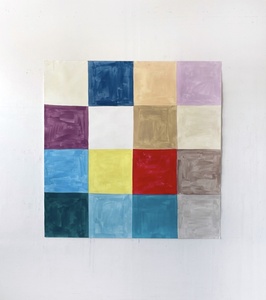
Hallucinations
Neuroscientist Anil Seth proposes that human consciousness arises from the brain functioning as a ‘highly evolved prediction machine’. He suggests that our perception of the world is a ‘controlled hallucination’. He argues that consciousness is deeply rooted in the body and constructed from within, just as much as it is shaped by the external environment. (4)
Perhaps some painters develop an internal map of this inside/outside construct. Through the act of painting, they then explore the endlessly compelling self-reflecting perceptual experience of that ‘controlled hallucination’.
‘Colour is the place where our brain and the universe meet.’ attributed to both Paul Cézanne and Paul Klee.
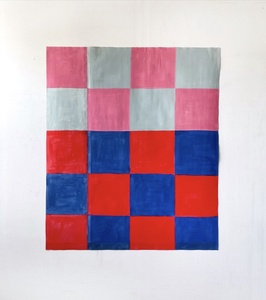
Ian Parker LG, 2025
This text is included in the digital catalogue produced for the exhibition.
